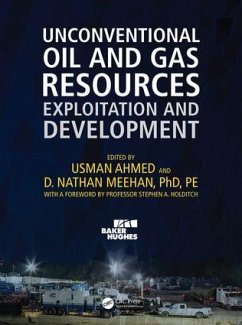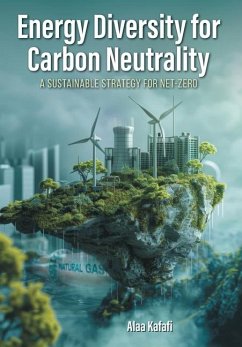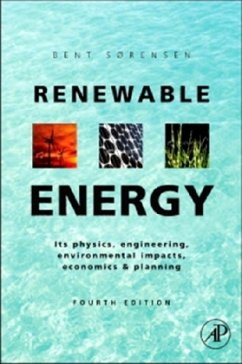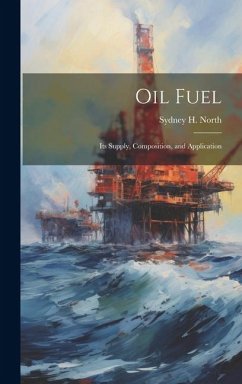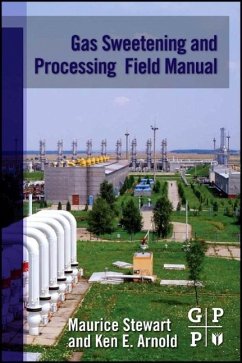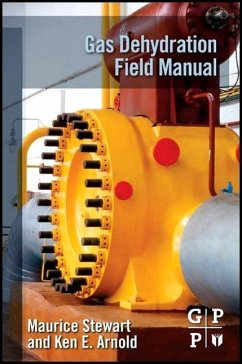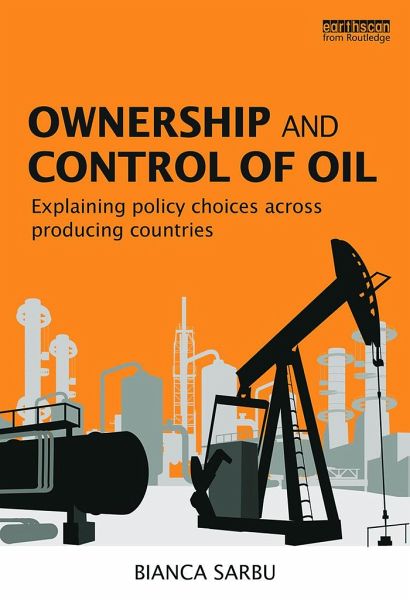
Ownership and Control of Oil
Explaining Policy Choices Across Producing Countries
Versandkostenfrei!
Versandfertig in über 4 Wochen
53,99 €
inkl. MwSt.
Weitere Ausgaben:

PAYBACK Punkte
27 °P sammeln!
Ownership and Control of Oil examines government decisions about how much control to exert over the petroleum industry, focusing on the role of National Oil Companies in the production of crude oil since the nationalizations in the 1970s.




